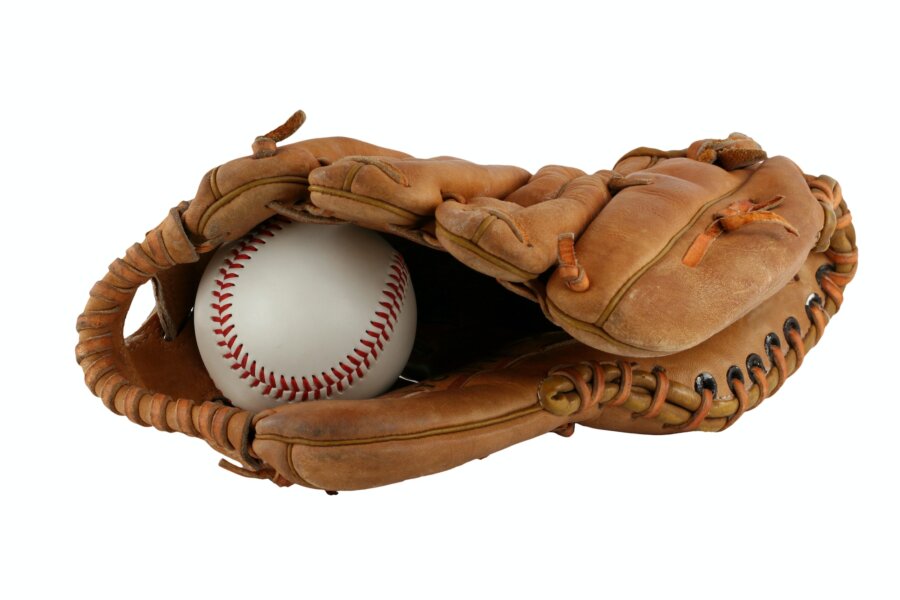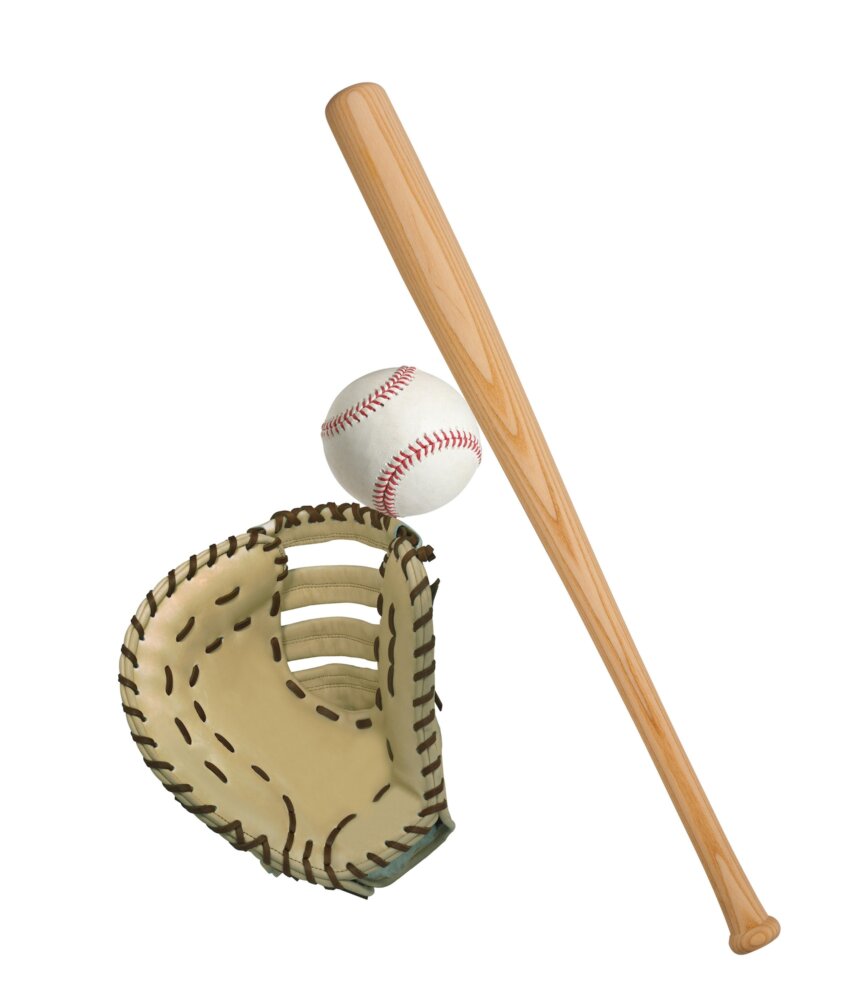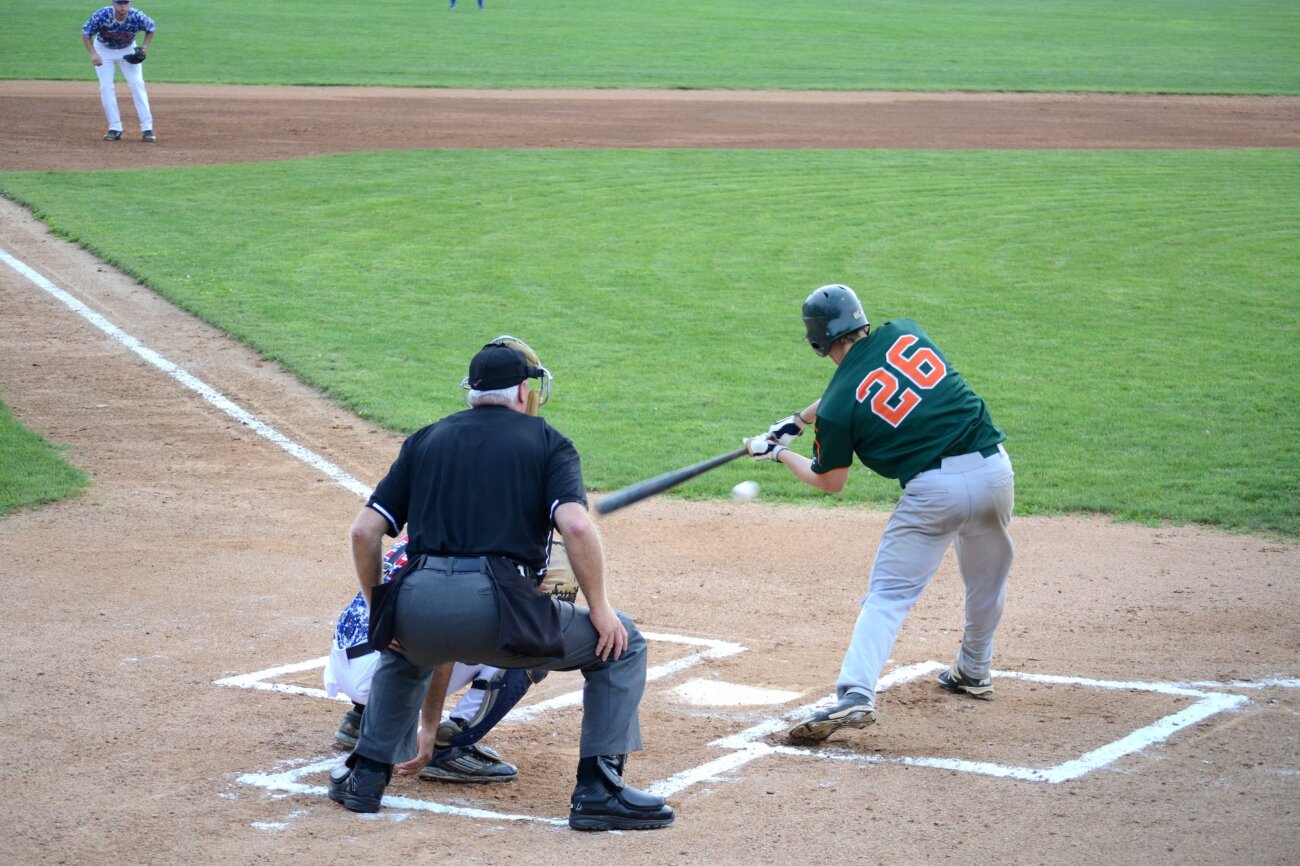
Baseball is a fun and exciting sport that anyone can play. It is a game of skill, strategy, and teamwork that challenges you to hit, throw, catch, and run. In this article, you will learn how to play baseball and what skills and equipment you need in New Zealand.
The players on the field have different roles and positions, and they are:
To learn how to play baseball well, you need to master some basic skills.
You can learn how to play baseball safely, but you need some essential equipment that will complete your baseball look. The necessary equipment includes:

If you want to play baseball in New Zealand, you are in luck. Baseball is growing in popularity in New Zealand, and there are many clubs and regions where you can join and play. You can find a club or region like Wellington Baseball near you, where you can also register online and get further details about the sport.
Baseball is a great sport that can improve your fitness, coordination, confidence, and social skills. It is also a lot of fun and a good way to make new friends. So, what are you waiting for? Grab your bat and glove and play ball today!
Baseball is a game filled with numbers, statistics, and complex terminology. However, it doesn’t have to be difficult. At its core, baseball is a simple game about throwing, hitting, and catching a ball. Whether you’re a baseball newbie or have some experience already, this article aims to tell you everything you need to know about baseball.
The objective of the game is simple: score more runs than the opposing team. The hitting team tries to score as many runs as possible before the defending team records three outs. After three outs, the other team hits. After nine innings, the team with the most runs wins.
A baseball game is split into two distinct phases: hitting and fielding. As stated above, the hitting team is trying to score runs, while the fielding team is trying to prevent this by recording three outs.
There are nine fielders trying to stop the hitter from getting on base and scoring runs. These fielders are spread out across the field.
The pitcher throws the ball from the pitcher’s mound to the catcher behind the home plate, while the batter, on either side of the home plate depending on his handedness, tries to hit the balls thrown by the pitcher. If he can hit the ball where the fielders aren’t positioned, he can get on base, and subsequently score a run.
Baseball has been played in the United States for over a century. Major League Baseball is the oldest professional sports league in the world, dating back to 1876.
Baseball is a slow-paced, methodical sport filled with intricacies and mind games. The sport facilitates a wide range of playing styles, allowing for players of very different abilities and skillsets to succeed.
Understanding how to throw a baseball is important no matter what position you play on the field. Gripping a baseball should feel natural. Put your first two fingers on the top of the ball and your thumb underneath.
Look at where you want to throw, wind up your arm behind your body, take a step with the leg opposite your throwing hand, and throw the ball. Keep your eyes on where you’re throwing and remember to follow through with your body.
The most commonly used pitch is the fastball. A fastball doesn’t feature much movement, but it’s a pitcher’s fastest pitch. A major league pitcher’s fastball is usually thrown anywhere from 85 to 100 miles per hour, with some pitchers throwing even harder. Many successful pitchers have built their careers on their strong fastball.
While the fastball is the most common pitch, it’s by no means the only one. You can’t get by just throwing one type of pitch. Pitchers also throw breaking balls, that is, pitches that feature deceptive movement to fool the batter. These include curveballs, sliders, sinkers, splitters, slurves, and more. Some pitchers may throw a few different types of pitches, but others might throw a larger variation of up to five or more.
Catching a baseball is just as important as throwing one. As catching the ball on the fly is one of the ways to record an out, learning to catch a baseball is very important. Depending on the type of hit you’re trying to catch, there are a few different techniques you might want to try.
If you’re catching a line drive, it’s important to keep your glove in front of your body. For beginners, it’s a good rule of thumb to catch the ball with two hands: one in the glove and another supporting the glove and helping to close it.
To catch a fly ball, get under the ball and catch the ball over your head, again with two hands if you’re just getting started. Once you get more comfortable, it’ll be easier to catch the ball with only one hand.
Nine players hit and nine players play defence, but there is one difference in the lineups: the pitcher only plays defence, with a designated hitter, or DH, hitting for him when playing offense. The rest of the players both hit and play the field.
Players in the infield include the first baseman, second baseman, shortstop, and third baseman, as well as the pitcher and catcher. Players in the outfield are the left fielder, centre fielder, and right fielder.
Important baseball equipment includes a bat, a glove, and of course the baseball itself. Baseball players wear a uniform that comprises a cap, a jersey, baseball pants, and cleats. When batting, players must wear a protective batting helmet.

A run is scored by crossing home plate. This can be achieved by stringing together hits, or walks, and moving runners around the bases before getting three outs. A player can also hit a home run to score all the runners on base and also himself.
If a fielder makes a mistake when attempting to record an out, he is given an error. For example, if a routine ground ball is hit to the shortstop and he overthrows first base, the runner is safe, and the shortstop is given an error.
The team that has scored the most runs after nine innings wins. If both teams are tied after nine innings, they play extra innings until someone wins.
Common offensive baseball stats include batting average, on base percentage, and OPS,
as well as counting stats like runs batted in, home runs, and hits.
Common pitching stats include earned run average, WHIP, K/9, BB/9, as well as counting stats like strikeouts and walks.